Juniperus monosperma, Oneseed Juniper
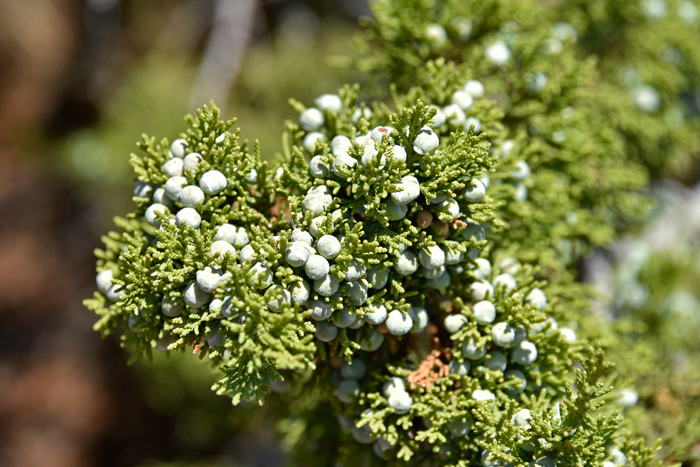
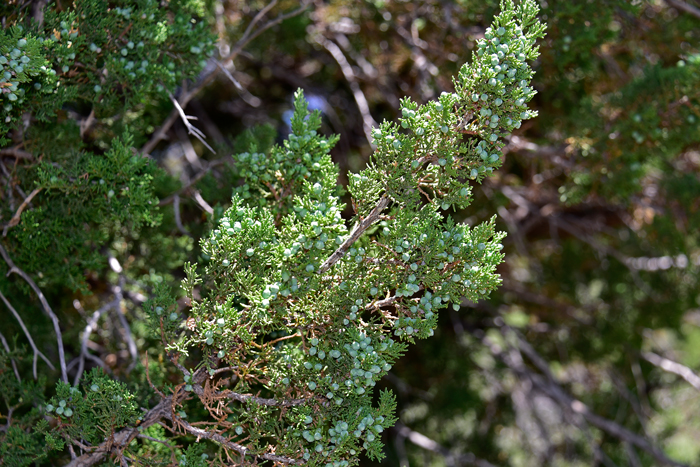
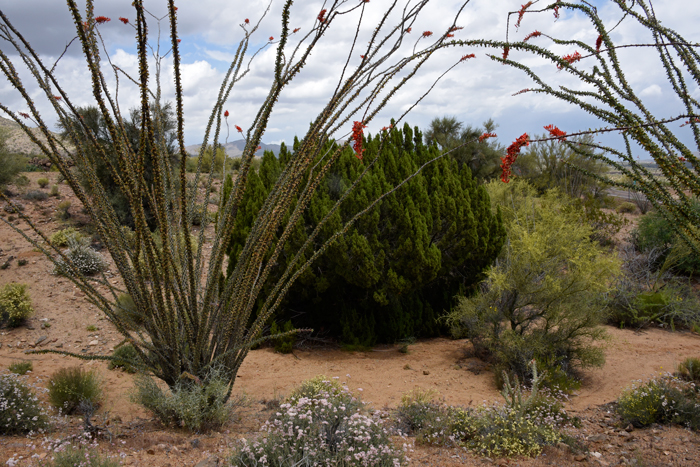
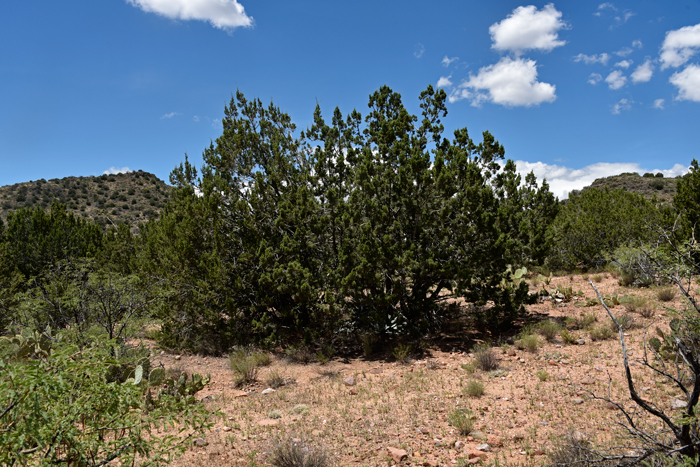
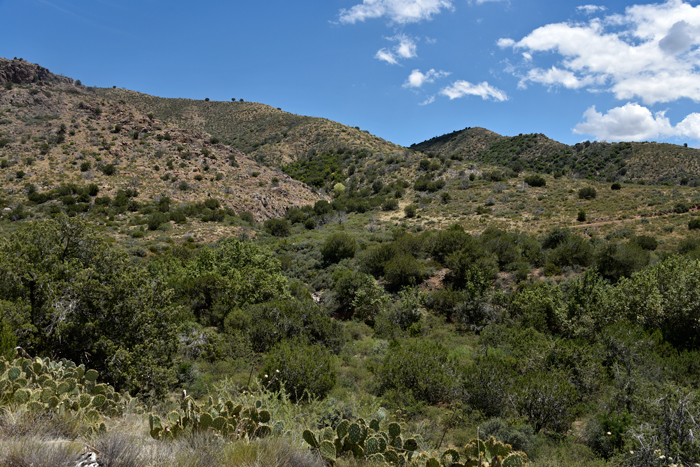
Scientific Name: Juniperus monosperma
Common Name: Oneseed Juniper
Also Called: Cherrystone Juniper, New Mexico Juniper, One-seed Juniper, West Texas Juniper (Spanish: Enebro, Sabina)
Family: Cupressaceae, Cypress Family
Synonyms: (Juniperus occidentalis var. gymnocarpa, Juniperus occidentalis var. monosperma, Sabina monosperma)
Status: Native
Duration: Perennial
Size: Up to 35 feet or more.
Growth Form: Shrub, Tree; shrubby form; often short branches near the base; the crown is rounded to flattened-globose; the bark is gray to brown and ex-foliating in thin strips; branches ascending to erect.
Leaves: Green to dark green; decussate; closely appressed, scale-like, glaucous; abaxial glands elongate; slow growing.
Flower Color: Non-flowering species; cones only; gymnosperm; dioecious; seed cones mature in 1 year, globose to ovoid, dark- or reddish-blue to purple or brownish blue, glaucous.
Flowering Season: March to April; cones; Non-flowering gymnosperm.
Elevation: 3,000 to 7,600 feet across range.
Habitat Preferences: Dry rocky, gravelly or sandy soils, open flats and slopes; commonly occurs in canyons or on middle-elevation foothills; soil materials include basalt, limestone, and sandstone.
Recorded Range: Oneseed Juniper is found in southwest United States in AZ, CO, KS, NM, OK, TX.
North America & US County Distribution Map for Juniperus monosperma.
U.S. Weed Information: No information available.
Invasive/Noxious Weed Information: No information available.
Wetland Indicator: No information available.
Threatened/Endangered Information: No information available.
In the Southwestern United States: Arizona and New Mexico each have 8 species of Juniperus, California has 5 species, Nevada has 6 species, Texas has 8 species, Utah has 4 species. All data is approximate and subject to taxonomic changes.
There is 1 recognized variety in Juniperus monosperma;
Juniperus monosperma var. gracilis, Oneseed Juniper, (Excluded);
Juniperus monosperma var. monosperma, Oneseed Juniper, (AZ, CO, KS, NM, OK, TX). It is also native to mostly northern Mexico.
Comments: In the southwestern United States populations of Oneseed Junipers appear to be determined through a combination of variables which include soils, temperatures, rainfall and topography. Elevation ranges, and location of specimens vary across the range of the species from 3,000 to 7,000 in Arizona, 4,000 to 7,600 in Colorado and 5,000 to 7,500 in New Mexico; thus, together determining the presence or absence of the plants.
For a comprehensive thoroughly documented review of Juniperus monosperma see the USDA USFS Fire Effects Information System, or FEIS.
In Southwest Desert Flora also see: California Juniper, Juniperus californica, Redberry Juniper, Juniperus coahuilensis, Alligator Juniper Juniperus deppeana, Utah Juniper, Juniperus osteosperma and Arizona Cypress, Cupressus arizonica.
Oneseed Juniper has been used for food, medicinal and other purposes by southwestern United States indigenous peoples.
See complete listing of ethno-botanical uses at Native American Ethnobotany, University of Michigan, Dearborn.

